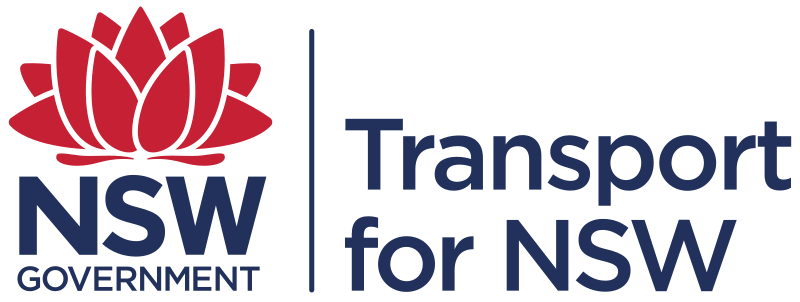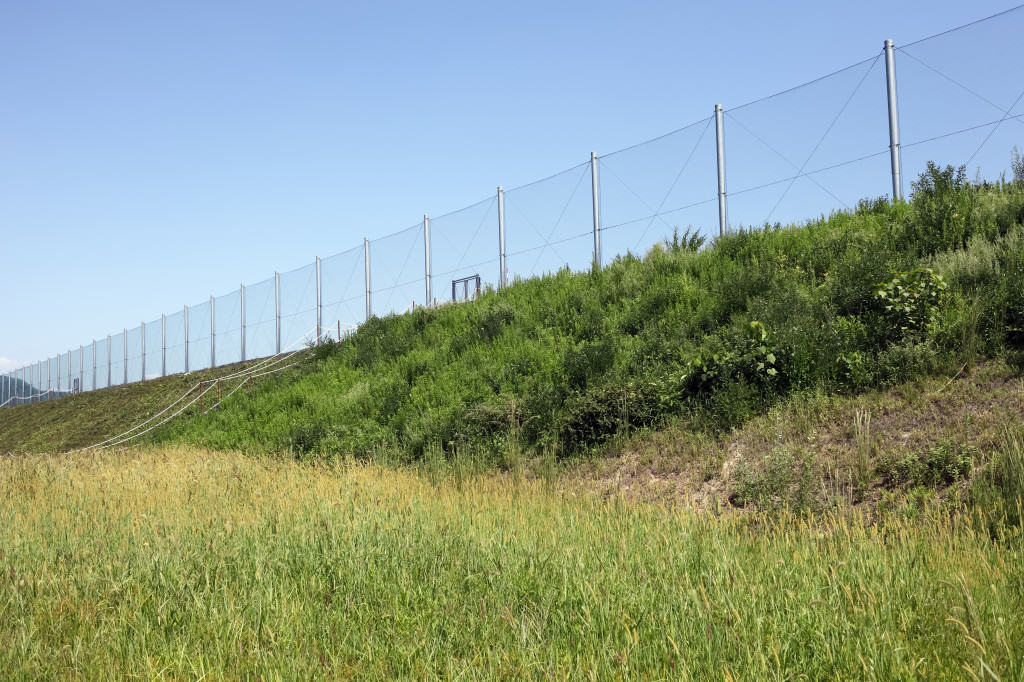Railway corridors require strong fencing to prevent unauthorised access, protect pedestrians, and comply with NSW safety regulations. Fencing Specialists provide secure barriers that support operational efficiency and public safety.
Rail operators rely on fencing to control movement, reduce risks, and maintain compliance with transport authorities.
Railway fencing is a critical safety feature that prevents injuries and property damage. It reduces the risk of trespassing, accidental track crossings, and wildlife interference. Without proper barriers, train operations face safety hazards, legal issues, and service disruptions.
Fencing Specialists install fencing that withstands environmental conditions, ensuring long-term reliability.
Rail networks require specialised fencing for security, access control, and noise reduction.
A cost-effective solution for defining rail boundaries and preventing unauthorised crossings.
A reinforced barrier with vertical steel pales, suitable for high-security areas and depots.
Designed with small apertures and strong materials to prevent climbing and tampering.
Noise-reducing panels that limit railway noise impact on nearby communities.
Secure entry points for rail staff, maintenance crews, and emergency responders.
Rail fencing installations must comply with government safety standards and railway network regulations. Fencing Specialists ensure all fencing meets:
Proper fencing minimises liability risks for rail operators, helping them meet operational and safety obligations.

Rail fencing must be installed with precision to function effectively.
Evaluating terrain, access points, and security risks.
Developing fencing solutions based on location and safety needs.
Ensuring correct placement and durability.
Conducting inspections and repairs to extend fence lifespan.

Years of experience in rail infrastructure fencing.
Fencing built to withstand weather and external forces.
Fencing designed to meet specific railway requirements.
Timely installation with minimal service disruptions.
For secure, compliant, and durable railroad fencing, contact Fencing Specialists. Our team provides expert consultation and installation services to protect rail networks and surrounding communities.
Railroad fencing prevents unauthorised access to railway tracks, reducing the risk of accidents, vandalism, and disruptions to train operations. It also protects nearby communities and ensures compliance with rail safety regulations.
The selection depends on security needs, location, risk assessment, and regulatory requirements. High-risk areas may require anti-climb or palisade fencing, while chainwire fencing is suitable for general boundary protection.
Yes, fencing must comply with Transport for NSW, Australian Rail Track Corporation (ARTC) standards, and local government regulations. Proper installation helps rail operators meet safety and liability obligations.
Yes, fencing can be reinforced, extended, or replaced based on evolving security needs, infrastructure changes, and compliance updates.
Scheduled inspections help identify damage, corrosion, or breaches. Maintenance schedules depend on environmental conditions and usage, but annual assessments are recommended to ensure reliability.